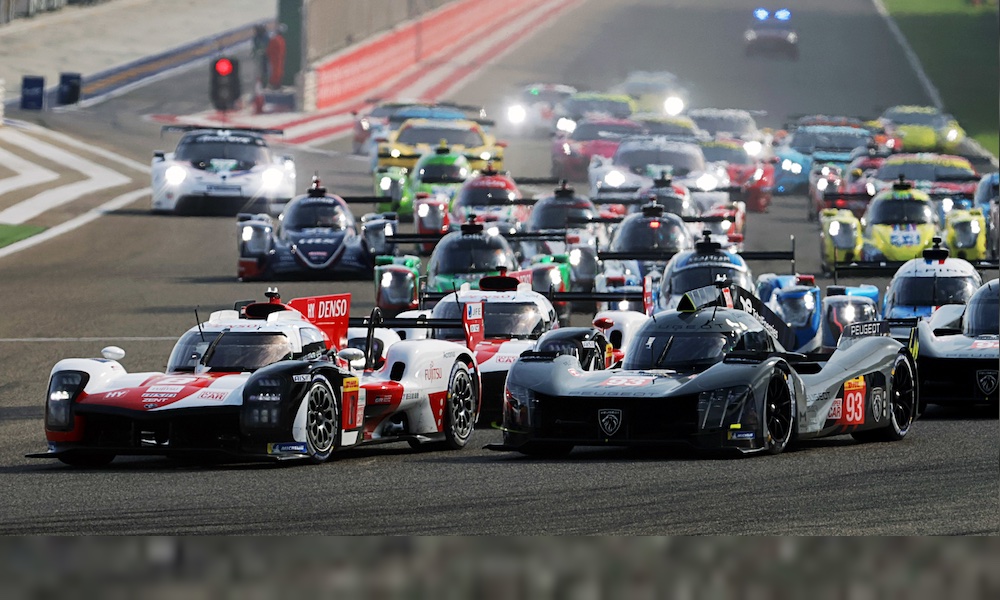The FIA and ACO have revealed the Balance of Performance for the opening round of the 2023 FIA World Endurance Championship season at Sebring next Friday. This is a significant moment for the Hypercar category, as the first big test for the convergence process between the LMH and LMDh categories.
For the season there are three distinct car types. Ferrari joins Peugeot and Toyota in the four-wheel drive hybrid (LMH) camp with the ByKolles-run “Vanwall” joining Glickenhaus with cars powered solely by a rear-drive internal combustion engine. (The SCG 007 has a turbo power plant to the Kolles normally aspirated Gibson). And finally, there are the Porsches and full-season Cadillac to add to the mix with their rear-drive hybrid LMDh examples.
[lawrence-auto-related count=3 category=1416]
For the challenging process of balancing these cars, the rule makers have opted to set two separate BoP tables, the first for the Sebring season opener and the second, designed to see the WEC through the start of the European season and into the Le Mans 24 Hours.
The values below will be fixed both for the Prologue test at Sebring this weekend and for the race proper next Friday.
Minimum dry weight
Cadillac – 1038 kilos
Ferrari – 1057 kilos
Glickenhaus – 1030 kilos
Peugeot – 1049 kilos
Porsche – 1048 kilos
Toyota – 1062 kilos
“Vanwall” – 1030 kilos
Max power output
Cadillac – 513 kilowatts
Ferrari – 515 kilowatts
Glickenhaus – 520 kilowatts
Peugeot – 518 kilowatts
Porsche – 517 kilowatts
Toyota – 517 kilowatts
“Vanwall” – 511 kilowatts
Maximum stint energy
Cadillac – 905 Mj
Ferrari – 908 Mj
Glickenhaus – 911 Mj
Peugeot – 909 Mj
Porsche – 912 Mj
Toyota – 913 Mj
“Vanwall” – 900 Mj
The minimum hybrid deployment speed for the three four-wheel drive LMH cars is also defined with the Toyota and Ferrari cars set at 190 km/h, the Peugeot, at 150 km/h due to the French car being equipped with 31-inch wide tires at the front and rear, with the Toyota and Ferrari fitted with 29in. at the front and 34 at the rear.
There are very minor differences too in the fuel docking times across the varying groups of cars. The non-hybrid LMHs have a base minimum fuel connection time, with the two LMDh cars required to dock for an additional second and the hybrid LMHs for 1.2s.
